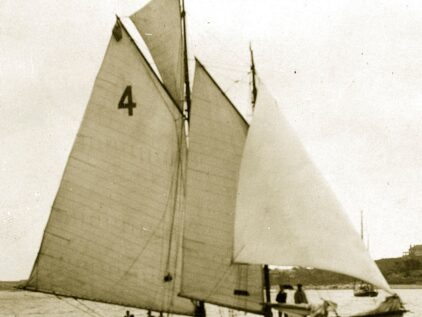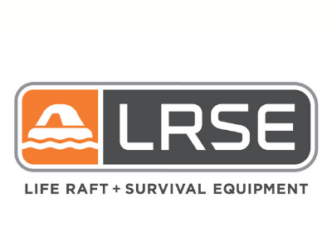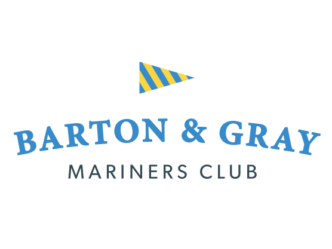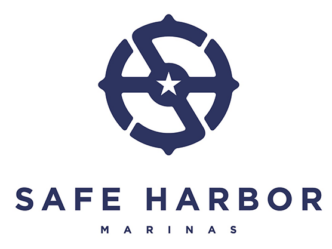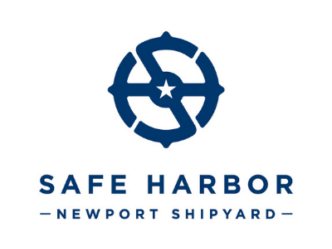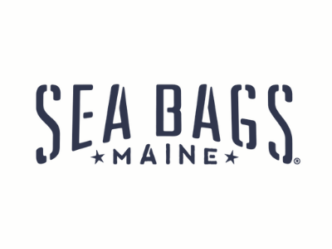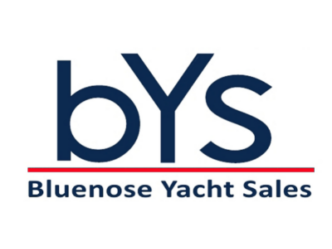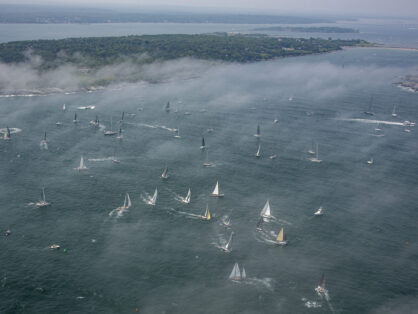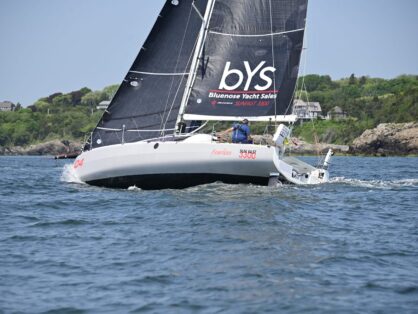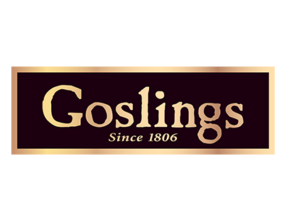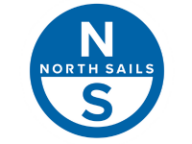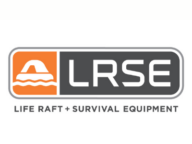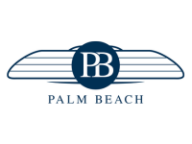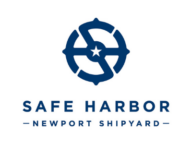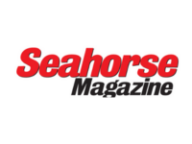The Bermuda Race has been attracting great sailors and fascinating yachts since its earliest days. These tales of the schooner era are part of a series of historical segments honoring the upcoming 50th “Thrash to the Onion Patch” in 2016. Bermuda Race veterans are invited to submit their memories to: [email protected].


The challenge of racing to Bermuda has always appealed to top sailors, among them many winners of the America’s Cup. Two of them, Charlie Barr and Harold Vanderbilt, cut their racing teeth in big gaff-rigged boats during the era of offshore schooner racing. Such a fleet seems unlikely today, but it was once the norm.
The small sloops and yawls in the pioneer Bermuda Race in 1906 had proved race founder Thomas Fleming Day’s point that seaworthiness doesn’t depend entirely on a boat’s size. Yet small boats can be, and often are, very uncomfortable. “I really enjoyed it,” said one sailor after that first race, “only I thought it would be kind of nice to be dry again for a change.” The Bermuda Race temporarily became an event for big boats, most of them gaff-rigged schooners. Nobody doesn’t love a schooner, whether to look at or to sail. After helping the yacht designer John Alden deliver his schooner Malabar II through a gale, Herbert L. Stone, editor of Yachting magazine and a stalwart of the Bermuda Race, told his readers, “For ease of handling, she has anything I have ever been on beaten, coming and going.” To the modern eye, the schooner rig looks pretty complicated, but it was flexible enough to be handled by just a few hands.
Most entries in the four Bermuda Races between 1907 and 1910 were schooners the size of today’s maxis. The 98-foot schooner Crusader II’s skipper in 1909, Charlie Barr (winner of three America’s Cup matches and the 1905 Transatlantic Race), won the start but not the finish, when two other big schooners, Amorita and Margaret, sailed bow-to-bow for many miles and crossed the line off St. David’s Head just two minutes apart.
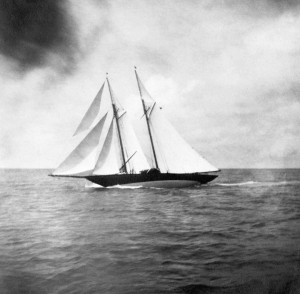
A year later, Demarest Lloyd’s schooner Shiyessa led for more than 600 miles through a series of gales. Nearing Bermuda, she had a comfortable weather berth on Vagrant, commanded by an exceptionally focused young yachtsman named Harold Vanderbilt, when the wind flip-flopped, leaving Shiyessa on the outside of the shift and becalmed. “We had made the mistake of thinking we had won the race, especially as we had a time allowance of an hour and a half, as I remember it,” recalled John Alden, who was in Shiyessa’s crew. “To our great surprise and disappointment, the Vagrant sailed around us, and while we were so close to the finish we could see the bottom plainly, we didn’t have a breath of wind.”
Alden came back for six more Bermuda Races, winning three of them in schooners of his design, all named Malabar. As for Harold Vanderbilt, while he never again raced to Bermuda, he did win another prestigious event three times—the America’s Cup. (Ted Hood is the only other skipper to win both events.)
Thrills and Drinks
“The thrill of the ocean race was at times almost too impressive,” commented one of the amateur crew members of Harry Doscher’s 84-foot schooner Zuhrah in 1908. The first of many Bermuda Race entries from the Indian Harbor Yacht Club, she had a true thrash across the Gulf Stream. The sailor, Louis de B. Handley, told about it in an article in Yachting magazine:
"The wind kept on freshening and the baby jib was ordered stowed. The port watch was on deck and Gus and John sprang out on the bowsprit while the doctor jumped to the halyard and I stood by on the bow to haul the sail in. Just then a vicious puff knocked the boat over, and before the mate could catch her she had rounded almost into the wind. As the bow met the waves head on at terrific speed, it plunged clean into them and a great lump of water was flung high into the air and came crashing on deck.
“The two men on the bowsprit disappeared completely from sight and my lips almost formed the cry, ‘man overboard,’ so impossible did it seem that they could have withstood the fury of the impact. But an angry yell of ‘pay her off, damn it, sir, pay her off!’ reached my ears and I saw two very pale-faced seamen emerge from the water dripping and clinging close to the stay."
Once that problem was settled, the deckhands moved aft and kept their eyes on the speedometer dial. “With eager looks we watched the dial as it rose, and then when 13 was touched, the commodore had drinks served.” A sip of grog can cure most bruises and hard memories.
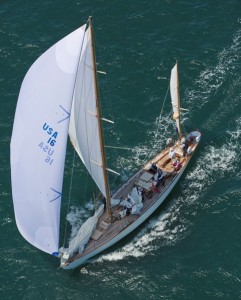
John Alden's third Bermuda Race victory, in his most advanced schooner, Malabar X, in 1932 did not stop the slow decline of schooner racing. Marconi rigged yawls and sloops from the design offices of Olin Stephens and Philip Rhodes appeared in larger numbers. Two early yawls, Dorade and Black Watch, are still racing to the Onion Patch (and doing very well, thank you).
Yet a few schooners were still racing across the Gulf Stream in the 1950s. One was the 59-foot Niña, designed by W. Starling Burgess (who also drew the lines of Harold Vanderbilt’s America’s Cup defenders) and for many years owned and raced (very hard) by DeCoursey Fales. In the 1962 Newport Bermuda Race, Niña finished within sight of the scratch boat, a 72-footer and won overall on corrected time. The victory by the oldest skipper in the race inspired a love fest. “If I couldn’t have done it, I’m glad it was the Commodore,” many other skippers said.
And nobody seemed to mind that the winner was a schooner.
A follow-up: Multi-masted racing has returned to the Bermuda Race with the three-masted "Bermuda Sloop" Spirit of Bermuda’s participation in the 2012 and 2014 races.
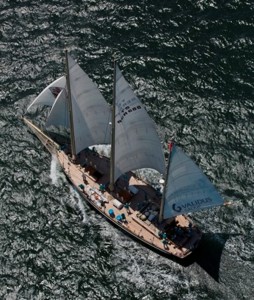
The three-master Spirit of Bermuda has been sailing the race with a crew of youngsters. (Daniel Forster/PPL)

